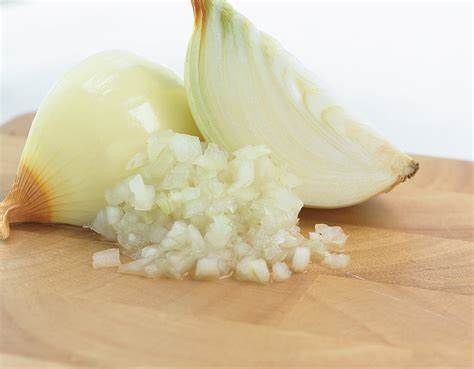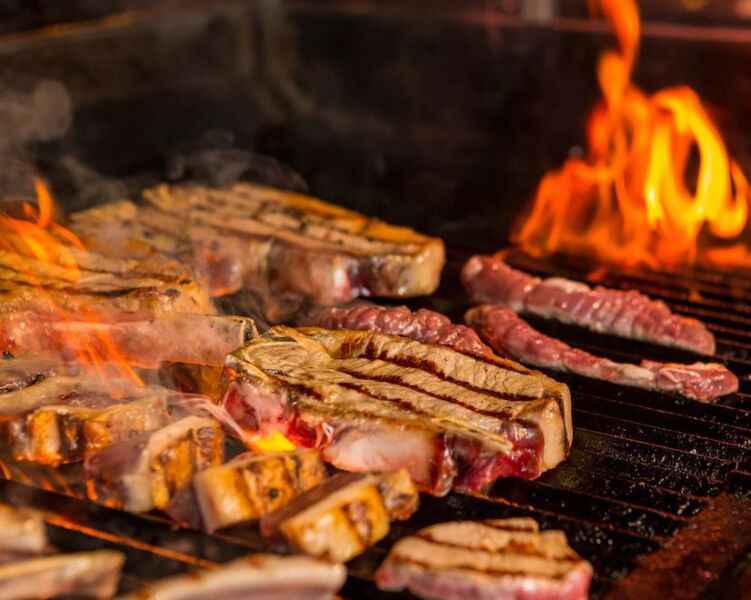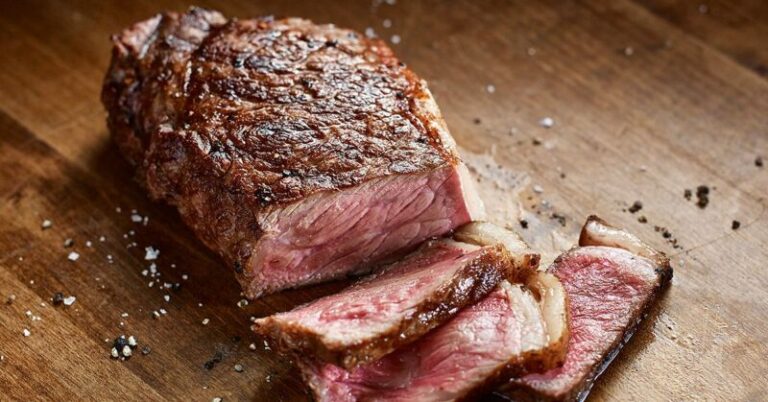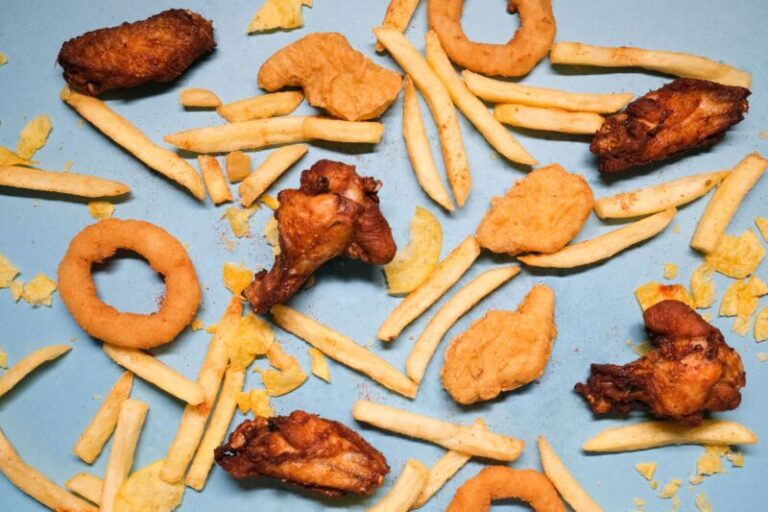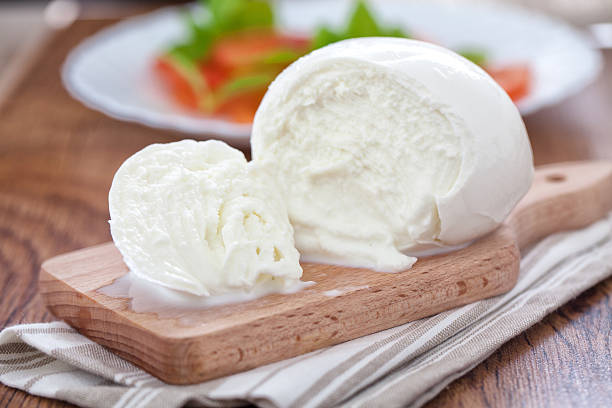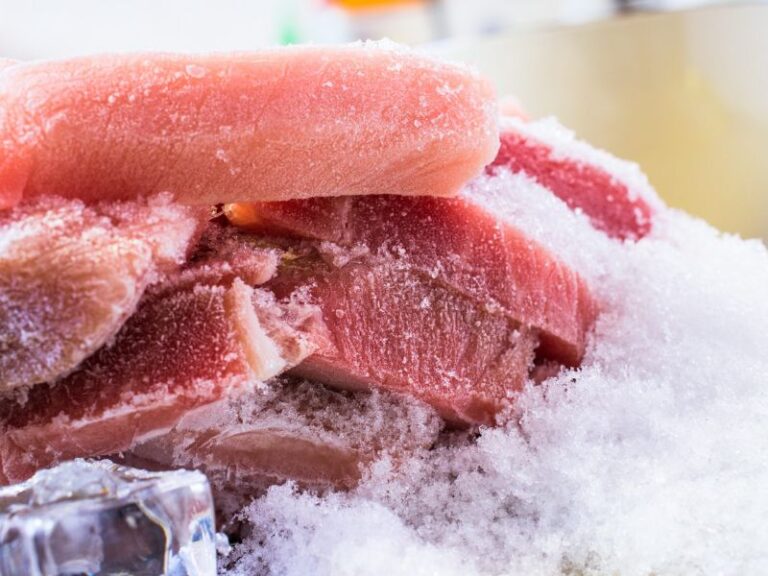How Much Minced Onion Equals to One Onion? Tips for Converting Onion Quantities
Onions are one of the most versatile and commonly used ingredients in cooking. Their savory, pungent flavor adds depth and complexity to a multitude of dishes across cuisines. Onions can be enjoyed raw, cooked, caramelized, pickled, or minced as a flavor-boosting addition. When a recipe calls for minced onions, it’s not always clear how much you need when substituting from a whole onion. Below, we’ll explore the factors that affect minced onion quantity and how to convert whole onions into minced.
What is Minced Onion?
Minced onion refers to onions that have been finely chopped into very small pieces. Picture an onion diced into bits no larger than 1⁄8 inch or 3mm across. The highest quality minced onion has a fine, uniform texture achieved by an extra-sharp knife or food processor. Minced onions blend seamlessly into dishes, infusing them with a mild onion flavor. Their small size allows them to cook quickly and spread their taste evenly throughout a recipe. Minced onions are called for in recipes like risottos, pasta sauces, chili, meatloaf, and more.
Minced Onion vs Chopped Onion
It’s important to understand the difference between minced onion and chopped onion when following recipes. Chopped onions consist of onion pieces of varying sizes and shapes created by roughly breaking down the vegetable. Recipes calling for chopped onions aren’t as concerned with uniform pieces and precision. The sizes of chopped onion called for in a recipe can range from large chunks to smaller diced bits. Minced onion provides a more uniform, fine texture and flavor infusion. So when a recipe specifies minced onion, be sure to achieve those tiny, evenly-cut pieces through careful knife work or processing.
Onion Type Affects Minced Quantity
When determining minced onion equivalents, the variety of onion makes a difference. Common types include yellow, white, red, green (scallions), and shallots. Their unique flavors, moisture content, and intensity levels mean you may need more or less minced onion compared to a whole onion. Here are some key differences:
- Dried minced onions have a more concentrated, pungent kick than fresh minced onions.
- Shallots are smaller but pack an intense oniony flavor, so you’d need less minced shallots than regular onions.
- Sweet onions like Vidalias are larger but milder, so you may want extra minced sweet onion.
- Green onions/scallions have an onion flavor but also a fresh, herbal taste.
As a basic guideline, substitute one teaspoon of dried minced onion for every one tablespoon of fresh minced onion. But feel free to adjust minced quantities based on the type and flavor profile you want!
Onion Size Affects Minced Quantity
In addition to variety, the size of your whole onion significantly impacts how much minced onion you get. Larger onions naturally produce more minced onion when chopped up. Here’s a breakdown of how minced onion quantities relate to onion size:
- 1 medium onion = 1 cup minced onion
- 1 large onion = around 1.5 cups minced onion
- 1 small/baby onion = around 1/3 cup minced onion
These values can fluctuate slightly based on how finely you mince, moisture content, and onion shape. But they provide a helpful benchmark for expectations. When a recipe calls for 1 cup minced onion, you can safely assume it means 1 medium-sized onion. For larger or smaller onions, make adjustments to the minced measurement as needed.
How to Mince Onions
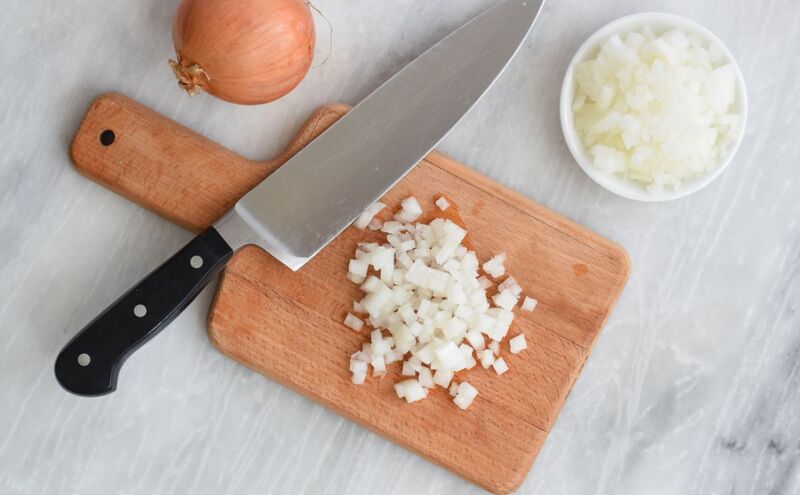
Achieving a perfectly minced onion texture requires some finesse. Here are some tips for mincing onions:
- Use a sharp knife for clean cuts – A dull knife will mash and bruise the onion rather than slicing it.
- Cut the onion in half from root to stem – Lay each half flat-side down for stability.
- Make horizontal slices – Holding the onion still, make thin slices across the grain.
- Make vertical slices – Rotate the onion 90 degrees and slice downwards to achieve a fine dice.
- Food processors – For large batches, use a food processor fitted with the stainless steel blade.
Take your time and be careful not to cut yourself. Well-minced onions should have a pile-like quality when finished, with all pieces uniform in size.
How to Chop Onions
For recipes calling for chopped (rather than minced) onions, precision is less important. Chopped onions can be cut to whatever size best suits the dish – from big 1-inch pieces for chicken stew to smaller 1⁄4 inch dices for raw salads. Chopped onions of any size bring great flavor and texture. To chop an onion:
- Trim off ends and remove skin
- Cut the onion in half from root to stem
- Place flat side down and make vertical cuts
- Hold the onion together while making horizontal cuts
- Separate the pieces and continue chopping to desired size
Avoid mashing or squishing the onion pieces during chopping. Leaving them intact preserves their flavor and crunchiness. Both chopping and mincing have their place in the kitchen!
Health Benefits of Onions
Onions provide some nice health bonuses beyond just flavor. Here are a few of the top benefits:
- Contain vitamin C, vitamin B6, and folate – Important for immunity and cell function.
- High in dietary fiber – Improves digestion and heart health.
- Provide antioxidants – Help combat inflammation and reduce disease risk.
- Minimal fat and calories – Support weight control and health goals.
Research also shows that increased onion consumption helps lower blood pressure, cholesterol, and blood sugar. Their natural anti-bacterial effects may even fight infections. So don’t be shy about piling those minced onions onto your foods!
How to Use Minced Onions
Beyond measuring equivalents, understanding how to use minced onions opens up many culinary possibilities. Here are some of the most popular ways to enjoy minced onion’s flavor:
- Sautéed – Cook briefly in oil or butter for soft texture and sweetness.
- Caramelized – Cooked slowly to develop a rich, jammy flavor.
- Raw – Sprinkled onto dishes like salads, pizza, eggs for a bite.
- Simmered in sauces – Allowed to meld and blend into casseroles, chilis, etc.
- As a burger topping – Minced onions classically pair with juicy burgers.
Explore using minced onions in dressings, dips, soups, breads – the possibilities are endless! Their mild flavor pairs well with almost anything.
Onion Substitutes
In a pinch, several ingredients can temporarily replace onions:
- Chives – Provide an onion-like taste, use more when substituting.
- Fennel – Has a licorice-anise flavor, works in some dishes.
- Leek – Closely mimics onion texture and pungency.
- Asafoetida powder – Adds an onion/garlic taste with a smell.
- Onion salt or onion powder – Dried versions provide concentrated taste.
These alternatives lend unique flavors of their own, so adjust other seasonings accordingly. But when possible, stick to good old minced onions for an authentic experience!
Tips for Storing Minced Onions
To retain freshness and flavor, store minced onions properly:
- Refrigerate in an airtight container for 3-4 days max.
- Label container with date minced for easy reference.
- Place a paper towel in container to absorb excess moisture.
- Freeze minced onions up to 6 months if not using right away.
- Cook frozen onions without thawing for best results.
With the right techniques, you can enjoy minced onions’ convenience without sacrificing any taste.
Conclusion
Minced onions are a versatile cooking essential that enhances flavors and brings the taste of onions without overpowering. When substituting whole onions, keep the onion type and size in mind to achieve the right minced texture and quantity. A general rule of thumb is that one medium onion produces one cup minced. Chopped onions offer more rustic, varied textures while minced blends seamlessly. Incorporate minced onions into your cooking, and don’t be afraid to experiment with different varieties and amounts. When armed with the right knowledge of onion equivalents and uses, you can unlock all the flavor possibilities that minced onions provide.
